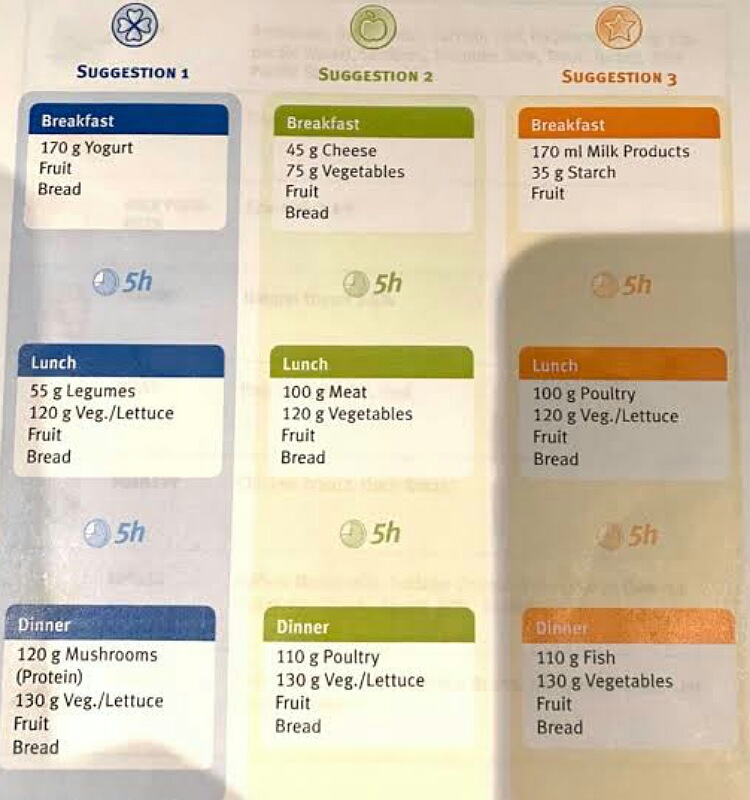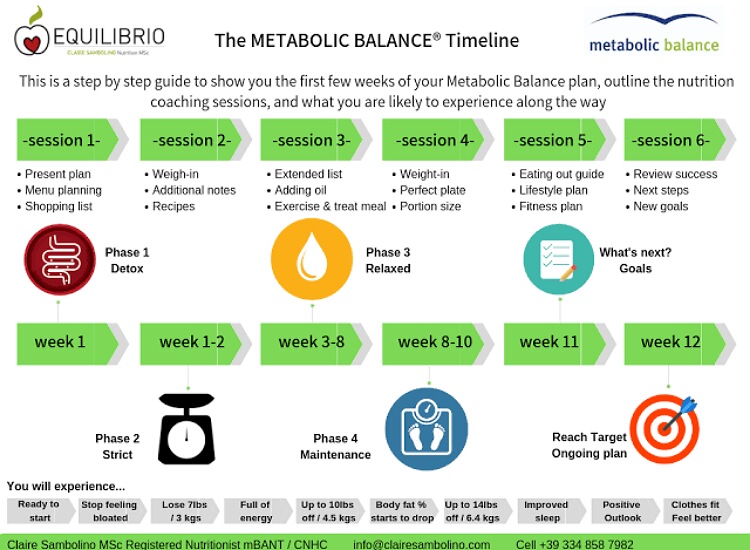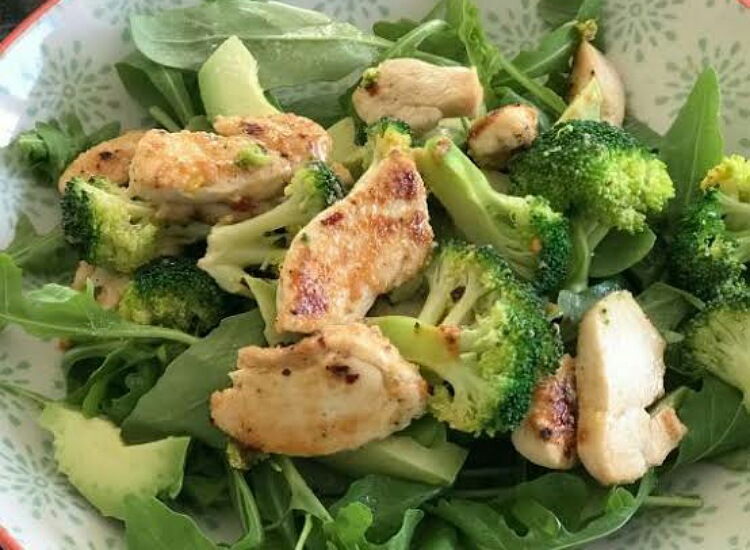Metabolic balance diet is a diet for weight loss. It is more of a lifestyle change. What are the phases and allowed foods in this diet? What are its benefits?
The metabolic balance diet
Dr. Wolf Funfack from Germany started this diet. He was a physician who had specialization in Nutritional Medicine. According to him, this diet is not just a diet for weight loss. It is a holistic approach towards healthy living. It is a lifestyle change. The diet balances your metabolism so that you reach and maintain your ideal weight for height.

In this, the aim is to create a stable insulin levels in the blood through a healthy diet. This gives you satiety and balances your metabolism. The basic principle of this diet is that every human body is capable of producing hormones, enzymes and other substances that it requires. It needs nutrients from foods. There is a natural tendency to eating foods that contain nutrients that the body wants.
But often, we neglect out inner needs and eat foods based on the external stimuli such as family or peer pressure, advertising etc. We should stop paying heed to these external factors and listen to our body’s demands. What we eat is important and not the quantity. Eating whole and real and unprocessed is best.
Four phases of the diet
After history, clinical examination, and blood tests the nutritionists prepare a personalized diet plan for each individual. There is coaching and guidance from the team. It has 4 stages:
Phase 1
In this, attempts are done to cleanse the body of waste. This last for 2 days.
Phase 2
This is the strict phase. In this, you will adjust your metabolism by the personalized diet plan.

Phase 3
This is the relaxed phase. In this, you start to have some natural tastes and enjoy your foods. You can occasionally have treats too.
Phase 4
This is the perpetuation phase. In this stage, you try to stick to the new eating habits. You have now learned what to eat and what to avoid and which foods do not suit you. There are three daily meals but no snacking. There should be a gap of at least 5 hours between two meals so that there is enough time for fat burning.
Foods with low glycemic index are preferred. Avoid sugars and refined carbs. Often, with low carb foods, there is cravings and hence overeating. But having more proteins controls these cravings. There should be 20% proteins, 35% fats, and 45% carbs in the daily meals.
Foods to eat
Foods best in this plan include nuts, lean meats, fruits, vegetables, legumes, eggs, goat and sheep cheese, sprouts, rye bread and yoghurt.
Exercises are part of the plan. These build and strengthen muscles and increase loss of fats. There are costs of this program and it can be expensive for some people. But the vital part is that each person gets an individualized diet and exercise plan. This can improve the lifestyle and bring about a healthier life.

Importance is given to psychological factors in eating. Personal consultation, guidance, and support provides encouragement to the client and increases the success rate. Blood glucose control is smoother. No food groups are off limits. Eating is healthy in form of fresh and unprocessed foods.
Also, read What is the South Beach diet? Pros and cons!
The plan is safe for everyone. But eating out may not be possible. Meal planning has to done in advance and can be tedious.
